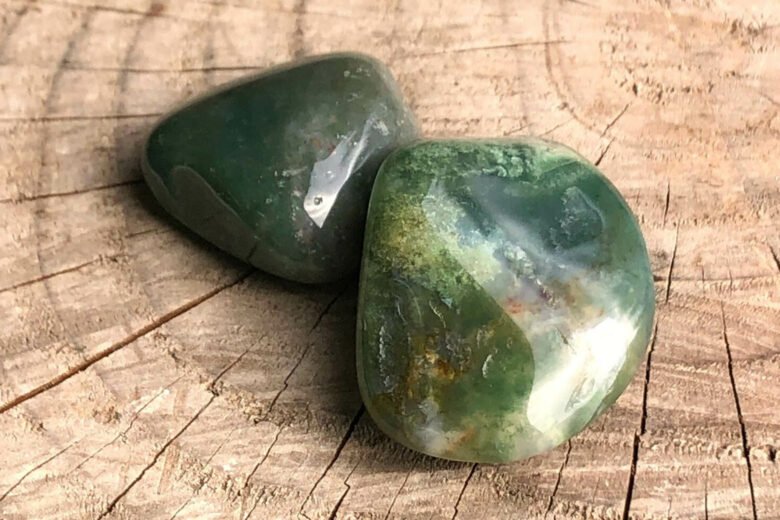Agate in Hebrew is derived from the word “shebo” which means flaming and splitting tongues. In fact, the name of this gem comes from the Greek word “achates”, a river in Sicily from which agate was mined 3000 years ago.
In a general view, it can be said that agate stone is a semi transparent stone with banded patterns that consists of very small or microcrystalline quartz grains.
So when held up to a light source, it can emit some light and reveal its internal layered designs.
The colorful and lovely bands of agate make it a unique stone. Agates have many distinct styles and patterns.
Although the structure of all of them is layered, no two types of agate can be found in the world that are the same in terms of design. Agate can be seen in white, dull yellow, red, brown, orange, blue, black and gray colors.
Agate stone is a unique gem in creating balance and harmony of body, soul and spirit. This gem has the ability to eliminate the negative energies around its owner and improve the mental performance of its owner.
Therefore, in a general view, it can be said that agate is a stone that improves concentration, understanding and analytical abilities and peace of mind.

Opals are generally found in nature as geodes (egg shapes). Geodes are secondary sedimentary structures that are seen as independent and separate masses, often spherical or oval in shape.
These structures are usually empty cavities in sedimentary or igneous rocks in which crystalline growth can be seen from the wall to the center.
Geodes with a siliceous or calcareous shell have a higher resistance to weathering than the host rock. For this reason, they can be released as a separate body from the host rock.
Therefore, if you find examples of these forms in nature, it is enough to touch the part of the outer surface of the stone that is worn or where the stone is broken. If the stone feels greasy or waxy to the touch, it is an agate stone.
One of the rarest types of gems in the world is blue opal, Ellensburg. This gem, which is known as “E-blue” in the world, is the third rarest gemstone in the world, which consists of layers of blue chalcedony. The formation of this beautiful blue geode dates back to millions of years ago.



